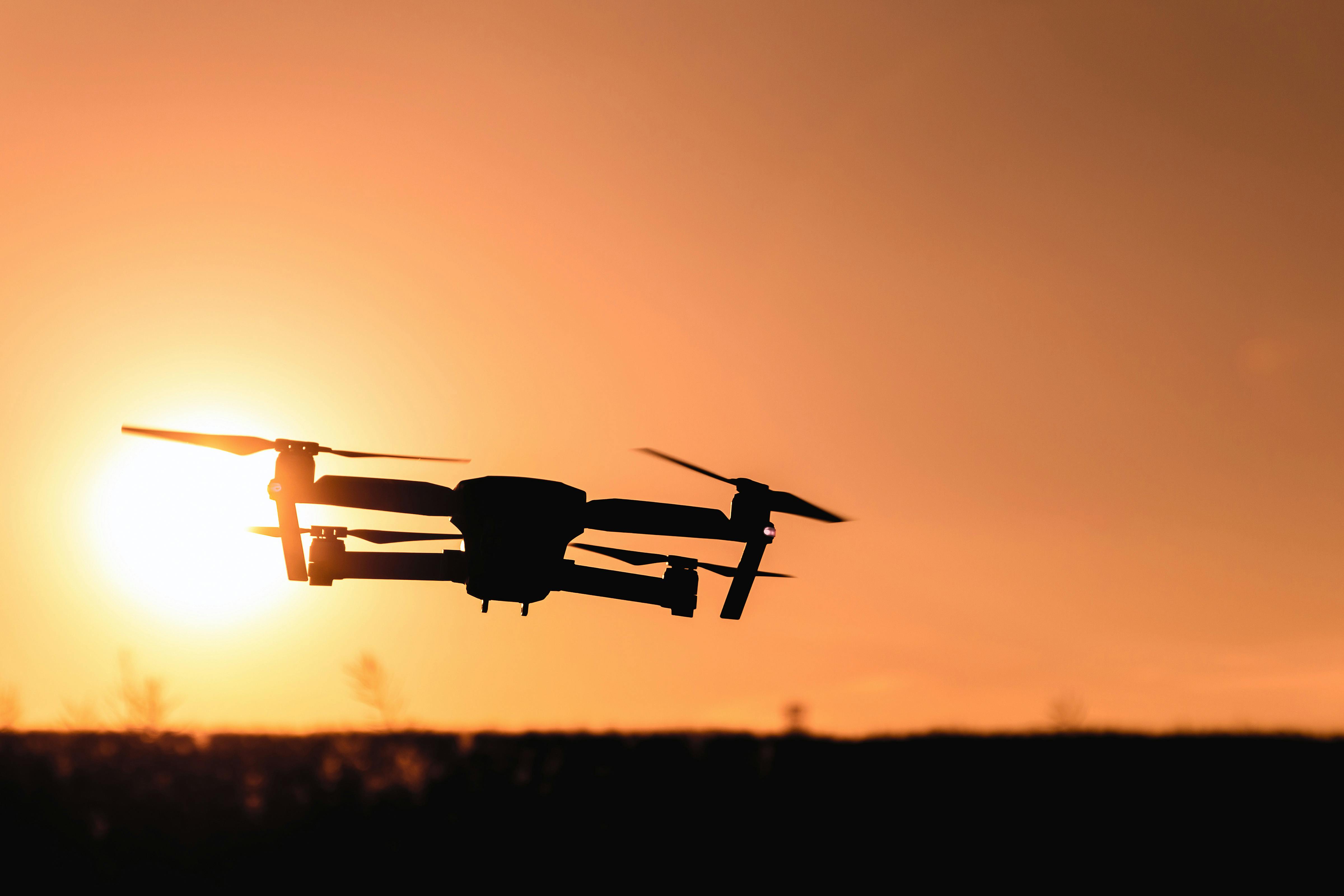The Rise in Popularity of E-Ink Devices: A Look into the Future of Reading
In an era of glowing screens and digital overload, a quiet revolution is taking place in the tech industry. E-Ink devices are steadily gaining ground, offering readers a digital experience closely mimicking the traditional paper-reading one. Let's delve into this fascinating world and explore the rise of E-Ink technology.

Once Upon a Time: The History of E-Ink
E-Ink, short for Electronic Ink, was first developed in the late 90s by a company of the same name. However, it was only in 2004, when Amazon CEO Jeff Bezos got wind of the technology, that E-Ink found its mainstream application. Amazon’s Kindle, introduced in 2007, popularized E-Ink displays and revolutionized digital reading.
The Rise of E-Ink Devices
Over the past decade, E-Ink devices have seen a steady rise in popularity. Apart from Amazon’s Kindle, devices like Kobo, Nook, and PocketBook have emerged as strong contenders. The appeal lies in their ability to mimic the appearance of ink on paper, leading to less eye strain during extended reading sessions.
E-Ink in 2021: The Latest Developments
Recent years have seen significant advancements in E-Ink technology. High-resolution Carta displays now offer crisp text and images, while devices like the reMarkable 2 also allow note-taking with a near-paper-like feel. The introduction of color E-Ink, albeit still in its infancy, promises to open up new avenues for comics and magazines.
The Future of E-Ink: What to Expect
Moving forward, we can expect to see more innovations in the E-Ink arena. Flexible E-Ink displays, which could potentially be rolled up or folded, are currently under development. The incorporation of E-Ink into other consumer electronics, such as smartphones and smartwatches, also appears to be on the horizon.
The Market Impact and Estimated Price Range
E-Ink devices generally fall within the $80 to $600 price range, depending on features and brand. As E-Ink technology continues to evolve and find new applications, it’s likely that we’ll see a wider range of products and prices in the future.
Conclusion
In a world where we’re increasingly tied to our screens, E-Ink offers a compelling alternative. With its paper-like display and low power consumption, E-Ink technology has the potential to shape the future of reading and beyond. As we continue to embrace the digital age, it’s fascinating to see how technology can bring us back to the basics, replicating the simple joy of ink on paper.





